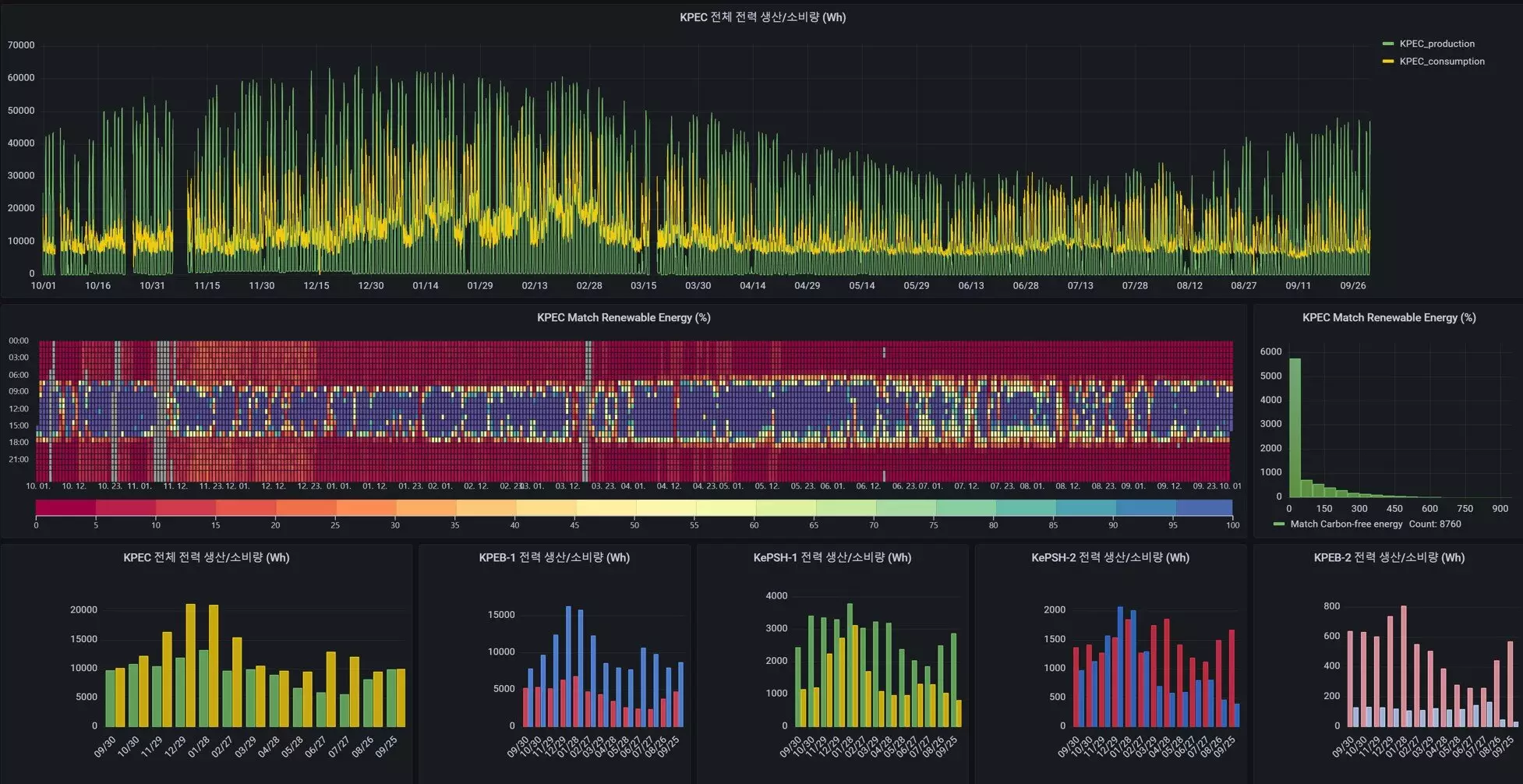As the world grapples with the pressing challenges of climate change and the depletion of fossil fuels, the quest for sustainable urban living has never been more critical. A recent study published in the journal Sustainable Cities and Society has highlighted groundbreaking advancements in “Urban Electrification”, an approach that leverages artificial intelligence (AI) to reshape the energy landscape in urban environments. This innovative model, developed by a joint research team from the Renewable Energy System Laboratory and the Energy ICT Research Department at the Korea Institute of Energy Research (KIER), aims to significantly reduce fossil fuel dependency while enhancing the integration of renewable energy sources.
Urban electrification represents a transformative shift in energy systems, emphasizing the integration of renewable energy technologies like solar power directly into urban structures. While this concept is still emerging in South Korea, it has gained traction in regions such as the United States and Europe, where it is seen as a pivotal strategy for achieving carbon neutrality. Conventional urban energy systems have historically relied on fossil fuels, allowing for straightforward adjustments in energy supply to meet fluctuating demand. However, in electrified cities, the reliance on renewable energy introduces complexities, particularly in maintaining a stable power grid amidst varying weather conditions and fluctuating energy production.
One of the principal challenges associated with urban electrification is the variability in energy supply arising from weather fluctuations. This variability can create significant mismatches between electricity supply and demand across various buildings. Low-Probability High-Impact Events (LPHI), such as unexpected cold spells or heatwaves, can dramatically spike energy demand while simultaneously restricting energy production. These sporadic events pose considerable risks to the stability of urban power grids, potentially leading to large-scale blackouts and significant economic repercussions.
To tackle these challenges, the research team developed a sophisticated energy management algorithm that utilizes AI to analyze and optimize energy consumption patterns across different building types and their renewable energy outputs. This innovative approach evaluates a range of complex variables, including weather conditions, human behaviors, and the operational status of renewable energy facilities. Notably, the research revealed that despite LPHI events occurring infrequently—around 1.7 days per year—they substantially influence both the stability of the power grid and operational costs.
The implementation of this AI-driven algorithm facilitates optimized energy sharing between buildings, effectively managing peak demand and production. By ensuring a balance of energy distribution, the system not only addresses daily energy needs but also fortifies the grid against unexpected demand surges during extreme weather conditions.
The real-world applicability of this research was tested using a community-scale model that mimicked the dynamics of urban electrification. Findings from this demonstration were promising, revealing an impressive energy self-sufficiency rate of 38% and a self-consumption rate of 58%. These figures mark a substantial improvement over traditional setups, which typically record self-sufficiency rates of around 20% and self-consumption closer to 30%. Furthermore, the new system achieved an 18% reduction in electricity costs, enhancing the economic feasibility of electrification initiatives.
Adding depth to these findings, the total annual energy consumption in the demonstration project was reported at 107 megawatt-hours (MWh), a figure significantly greater than those derived from conventional simulation studies conducted by leading international research institutions. Such results underscore the system’s potential for practical application in urban settings, paving the way for a future where cities can seamlessly integrate renewable energy into their grids.
The joint research team’s efforts exemplify a pivotal step towards the realization of sustainable urban futures. Through the innovative application of AI in energy management, urban electrification emerges not only as a viable solution for reducing our reliance on fossil fuels but also as a pathway to address the complexities introduced by renewable energy. As cities worldwide strive for greater sustainability, understanding and implementing these technological advancements will be essential in building robust, resilient, and electrified urban landscapes.

